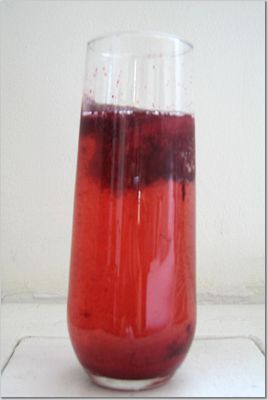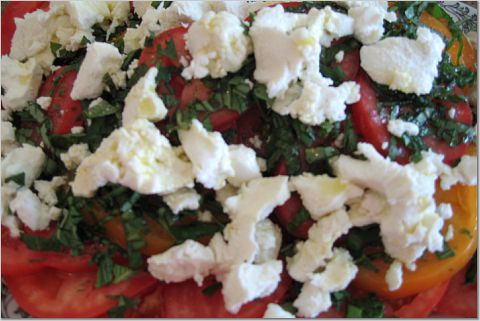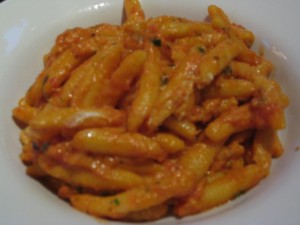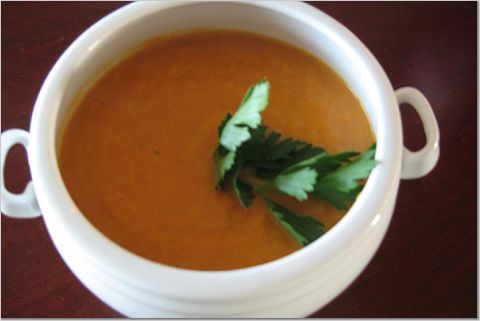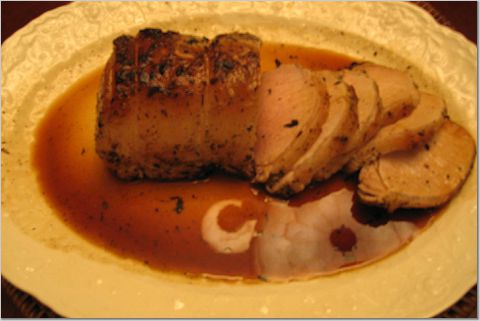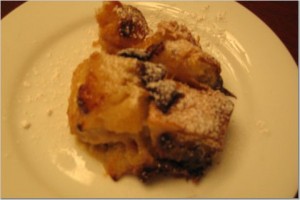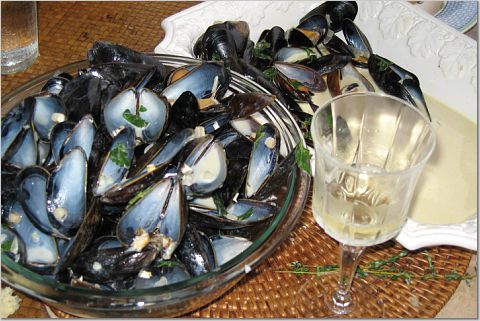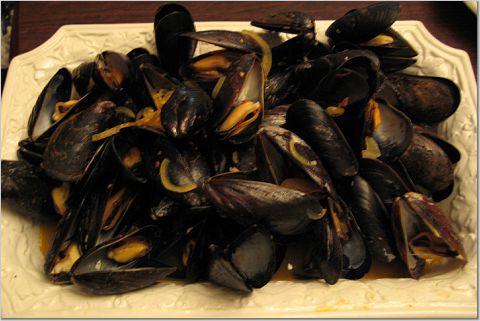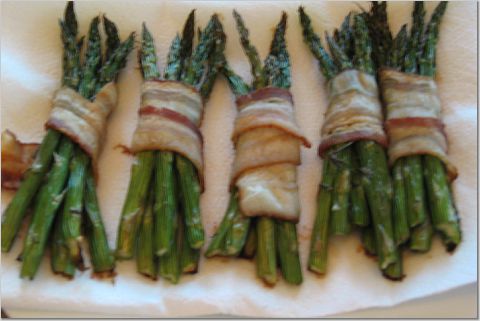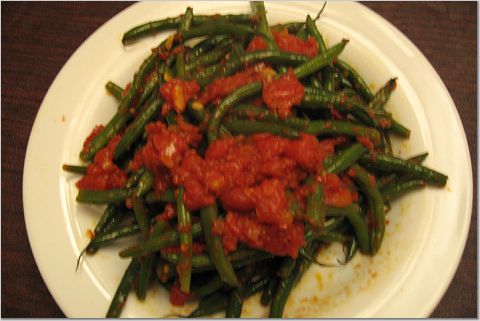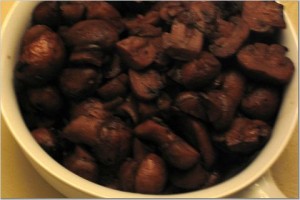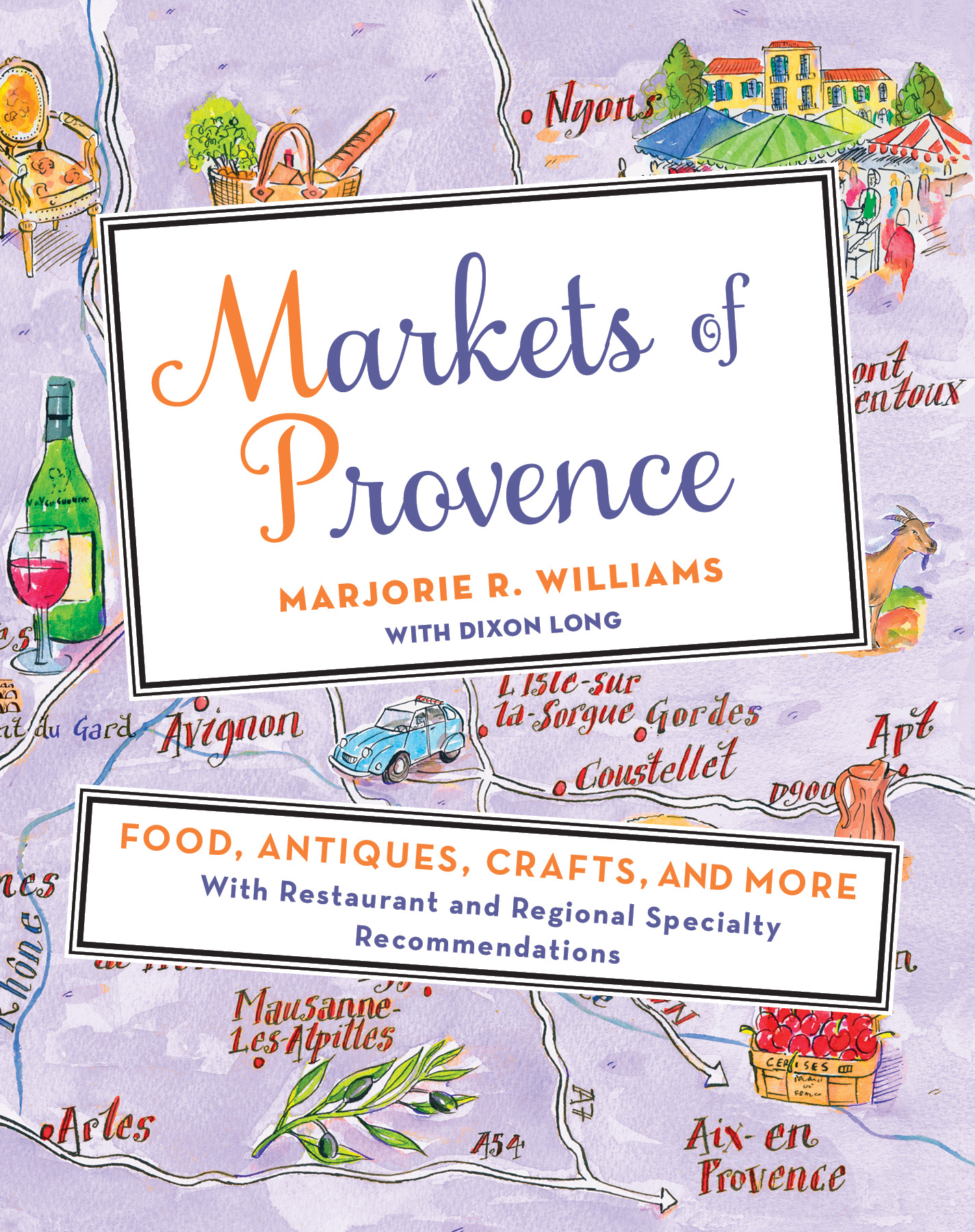
Lunch in Barcelona
scroll down for these recipes…
Emerson said that consistency is the hobgoblin of small minds…I say inconsistency is the hobgoblin of small plates! And by inconsistency, I mean variety in a meal, and by hobgoblin, I mean little darling!
By way of confession, I have been known to eat the same Pizza Margherita from Pizza Express three times a week. I return to the same places to eat the same thing, like #28 (Chilli Mushroom Ramen) from Wagamama or the Avocado Bacon Burger from Gourmet Burger Kitchen. Truth be told, perhaps I can be a bit boring in my devotion to reliability.
Luckily, I just traveled back to Barcelona, where the winding medieval streets, sidewalk menageries, seaside Spanish singers, and, of course, the tapas create barriers to boredom that cannot be overstepped. Even though we did return to Taller de Tapas twice (heaven forbid!), the menu was so extensive, that I just had to order something different. I was like Alice in a culinary Wonderland—everything on every menu said “eat me,” and with no commitment, because they all came on plates meant for tea cups (I wonder what the Mad Hatter would have had to say about that!).
My parents always advised me not to sweat the small stuff, not to let little things bother me. I am so glad the Spanish did not have my parents, because they definitely sweat over the small stuff in the kitchen. On two adjoining tapas terraces we witnessed a fight when a passionate waiter lost his cool as former customers chose the neighboring tapas over his own. I thought we would be hand-grenaded by flying marinated baby octopus, but thankfully a resolution was reached in time to save both my outfit and the tasty little tapas.
I think the reason I love tapas is because I can try a little of everything. Today seems to be a day of confessions, and I must confess that I am going through a bit of a quarter-life crisis at 25. There is so much pressure to choose my career, my spouse, and my future…much less my dinner! Last weekend at the Ivy in London, I changed my order three times! I just seems to me if you are going to invest…in a person, in your future, in your meal…you better be damn sure you’re going to like what you get.
If only life were a little bit more like a Spanish restaurant, where all things are approached with passion and conviction, but there is room enough for everything. Metaphorically, there is room for passion and livelihood, friendship and matrimony, success and family. Physically, a Spanish tapas table can squeeze on such a variety as fried calamari, patatas bravas, marinated sardines, grilled asparagus, slow-roasted mountain lamb, seared chorizo, and of course a bottle of Cava or a pitcher of Sangria. If only life offered such ample space for such abundant opportunities. I suppose the Spanish know not only how to eat, but how to live!
What amazed me most was how I felt in Spain: always satisfied! In Mireille Guiliano’s famous book of a few years ago, French Women Don’t Get Fat, which affirmed my every dieting conviction, she argued that variety was indeed the spice of life, literally. She said that if you eat many truly flavorful, not just tasty or preferred, foods, you would feel full and satisfied with less food than if you sat yourself down in front of a mountain of spaghetti and meatballs and ate until the mountain of food had transfigured into the cave of the bowl. I think in a Mediterranean city like Barcelona where you are always walking in that skin-soaking sunshine, you cannot be weighted down by heaps of food. You want to experience satiety without heaviness. Thus, the food is piquant—statement plates. Each one is the diamond brooch, the ruby cocktail ring, a piece in itself.
Tapas are so trendy now, aren’t they? There’s Maria Batali’s Casa Mono in New York that gives a slight Italian twist to the very Spanish menu. Here in Oxford there is Kazbar, a Moroccan tea house that serves little spicy plates. Even the chain All Bar One serves “tapas.” We want the joys of much too much; we want to be able to try everything, to be constantly entertained and amused, never bored, never overly-committed. I couldn’t be more thrilled! Tapas are the perfect thing to serve for just a couple or a crowd. They help you do something with that half a zucchini left over in the fridge, or that scant helping of mustard at the bottom of the jar. If you have a million people over, don’t just make chicken! I don’t happen to like it myself, so it’s just some evil old wives’ tale that “everyone loves chicken.” Don’t be afraid to make a bunch of things. The Spanish tapas are bold, but never complicated. They let the flavors speak for themselves—like plain grilled asparagus that showcased only the asparagus themselves and the simple, omnipresent duet of extra virgin olive oil and Maldon sea salt.
In this week’s French Revolution, I have moved up the Mediterranean coast back to France for Gallic inspiration in the Spanish tapas format. The first recipe, Crispy Artichoke Hearts with Lemon, is influenced by the shaved fried artichoke hearts I saw everywhere in Barcelona. But drenched in lemon, the crisp green hearts leave me feeling very Rosemary Hoyt, as though I had spent the day kissed by the Riviera sun and was dining out-of-doors, my artichokes seasoned by the salty sea breeze. The Escarole and Fennel Salad is studded with precious hazelnuts and velvety oranges, shown to advantage with a coat of olive oil and lemon juice. The sausage takes its cue, certainly, from Spanish chorizo, but I have substituted the French colonial flavors of Moroccan merguez and New Orleans’ andouille, cooled by a creamy mild mint sauce. And finally, no tapas party would be a party without Sangria…I have made mine à la Provence, using Cotes de Provence rosé wine and pink fruits, with club soda adding the final sparkle.
So, my main message this week is: never settle. Try a little bit of everything, and only then, once you have tasted it all, will you be satisfied. Sometimes it’s good to travel—out of America, out of England, even out of France. And once there, over the din of a tapas fracas, perhaps you’ll find just what you were looking for: joie de vivre, or the spice of life.
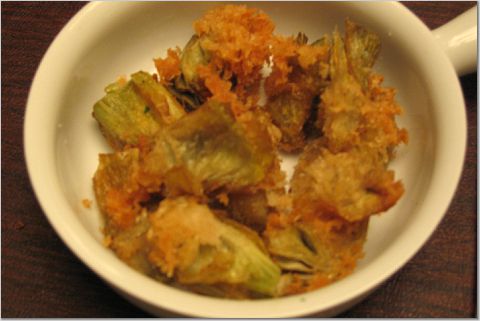
Crispy Artichoke Hearts
1 9-ounce package of frozen artichokes hearts, thawed
½ cup of buttermilk
¾ cup of panko, or Japanese bread crumbs
1 lemon, cut into 6 wedges
Vegetable oil for frying
A generous sprinkling of salt
- Fill a deep pot one third of the way up the side with vegetable oil. Heat the oil on medium heat. You’ll know the oil is ready to fry by placing the butt of a wooden spoon down into oil. Little bubbles should just start to rise.
- Sit the artichokes in the buttermilk, then lift each out and allow the excess buttermilk to drip off.
- Coat each buttermilked artichoke into the panko.
- Fry the artichokes until crisp, and allow to drain on a deck of paper towels or a cooling rack.
- Sprinkle with salt while they are still warm and can absorb the flavor.
- Serve with the lemon wedges—they make all the difference.
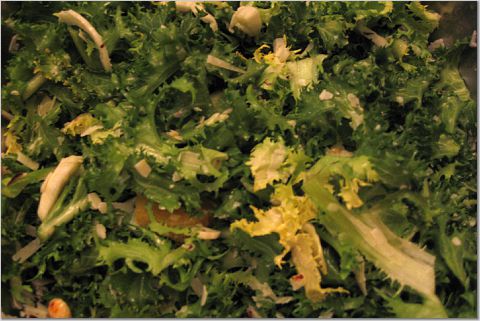
Escarole and Manchego Salad
1 head of escarole, cored and cut into bite-size pieces
1 fennel bulb, trimmed and shaved as thinly you can manage
½ cup of toasted halved hazelnuts
1 cup of grated manchego cheese
4 oranges, supremed
Juice of 1 lemon
¼ cup of olive oil
Salt and pepper
- If you don’t already know how to supreme an orange, now is the perfect time to learn. Start by cutting off the top and bottom of the orange. The key is not to remove too much of the flesh, but always to cut down to the flesh. In other words, you are removing the rind and the pith. Sit the orange on its flat bottom and run a paring knife down the sides, removing the unwanted layers in large strips. When you have the naked fruit, take the knife and separate the fleshy segments from the membranes. These segments are now supremes, and you can repeat this surgery on any citrus fruit.
- Getting back to the salad, toss everything together simply and serve.
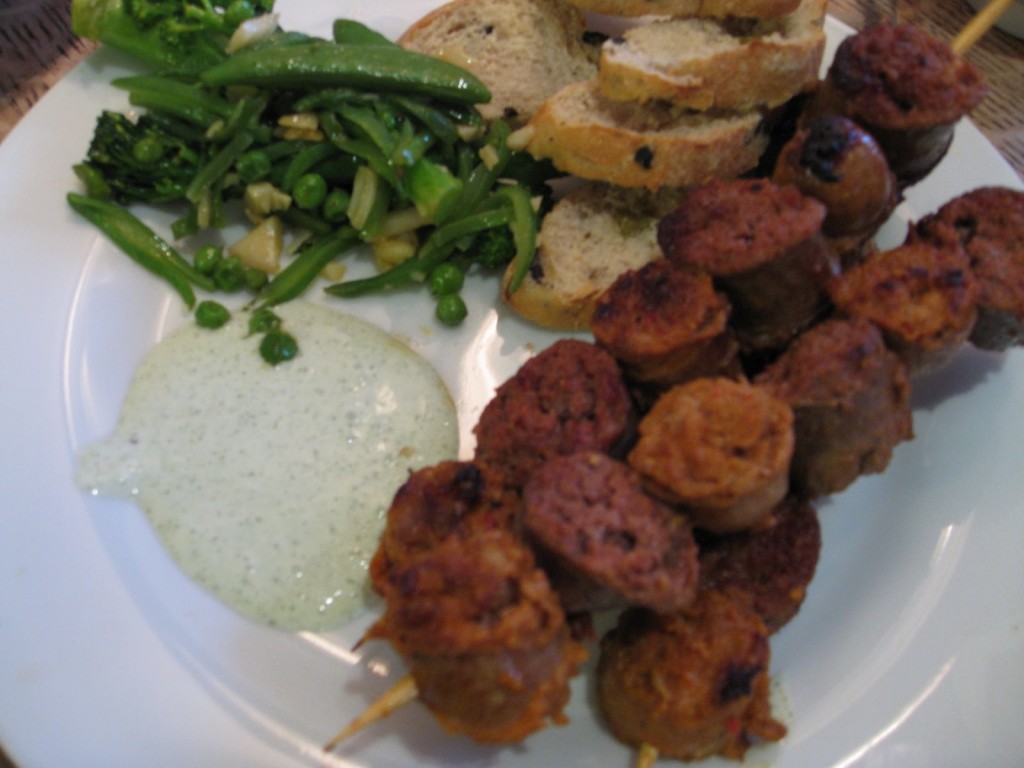
Spiced Sausage Skewers
½ cup of crème fraiche
½ cup of Greek yogurt
¼ cup of packed fresh mint leaves
Salt and pepper
600 grams of raw Merguez sausage links
600 grams of raw Andouille sausage links
1 tablespoon of olive oil
- Soak 8-12 bamboo skewers in water for 30 minutes.
- In a blender, whiz together the crème fraiche, yogurt, mint, salt and pepper until it is smooth and pale mint green. Return to the fridge.
- Heat a large skillet over medium heat. Add the olive oil and the sausages, and sauté for 20 minutes, turning them over every now and again. The casings should crisp up but not char too deeply.
- Allow the sausages to cool, and slice them in 1-inch round discs. Skewer the pieces, alternating merguez and andouille, through the casings so that the uncharred meat of the sausage faces out.
- Heat the skillet again over medium high heat. Place the sausage skewers meat side down in the hot skillet, and sauté 3 minutes per side, or until they are charred.
- Serve alongside the mint cream and slices of toasted olive bread.
*Note: I usually find normal sized fat sausage links, but these sausages come smaller. If given the option, choose the smaller, and simply use more skewers, and reduce the original cooking time of the whole sausages.
BON APP!
Pink Provençal Sangria
- 1 bottle chilled rosé wine from Provence
- 1 good slug of Triple Sec
- Simple syrup, made of ¼ cup sugar dissolved into ¼ cup of hot water, and allowed to cool
- 1 liter of seltzer
- 1 pink lady apple, cored and diced
- 1 pink grapefruit, sliced
- 1 cup watermelon balls
- Handful of raspberries
- Handful of strawberries, hulled and halved
- I like to serve this "prom punch" style, so drop all the fruit into a big glass punch bowl.
- Add in the wine, then the Triple Sec, and syrup. You really do not need to let this sit for a day, but you could. Just a few hours, and this is delicious.
- Add the seltzer at the last minute. Serve cold.
print this recipe




